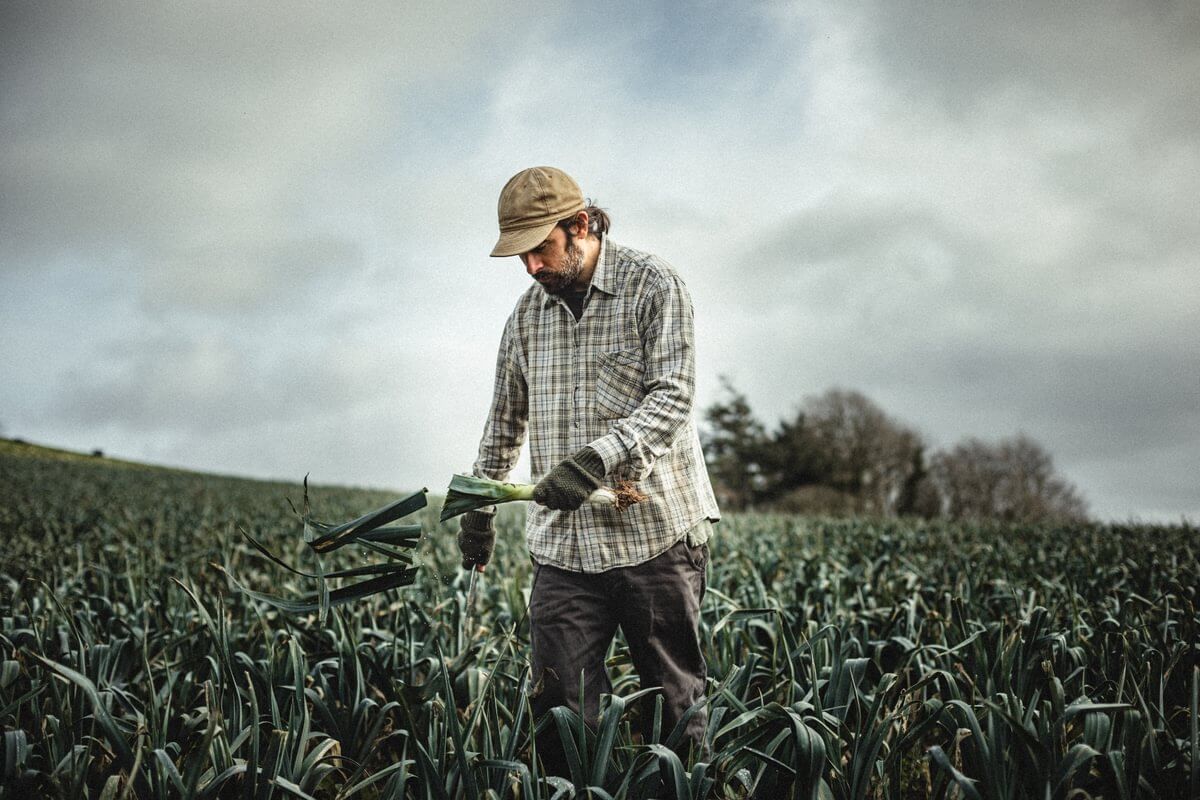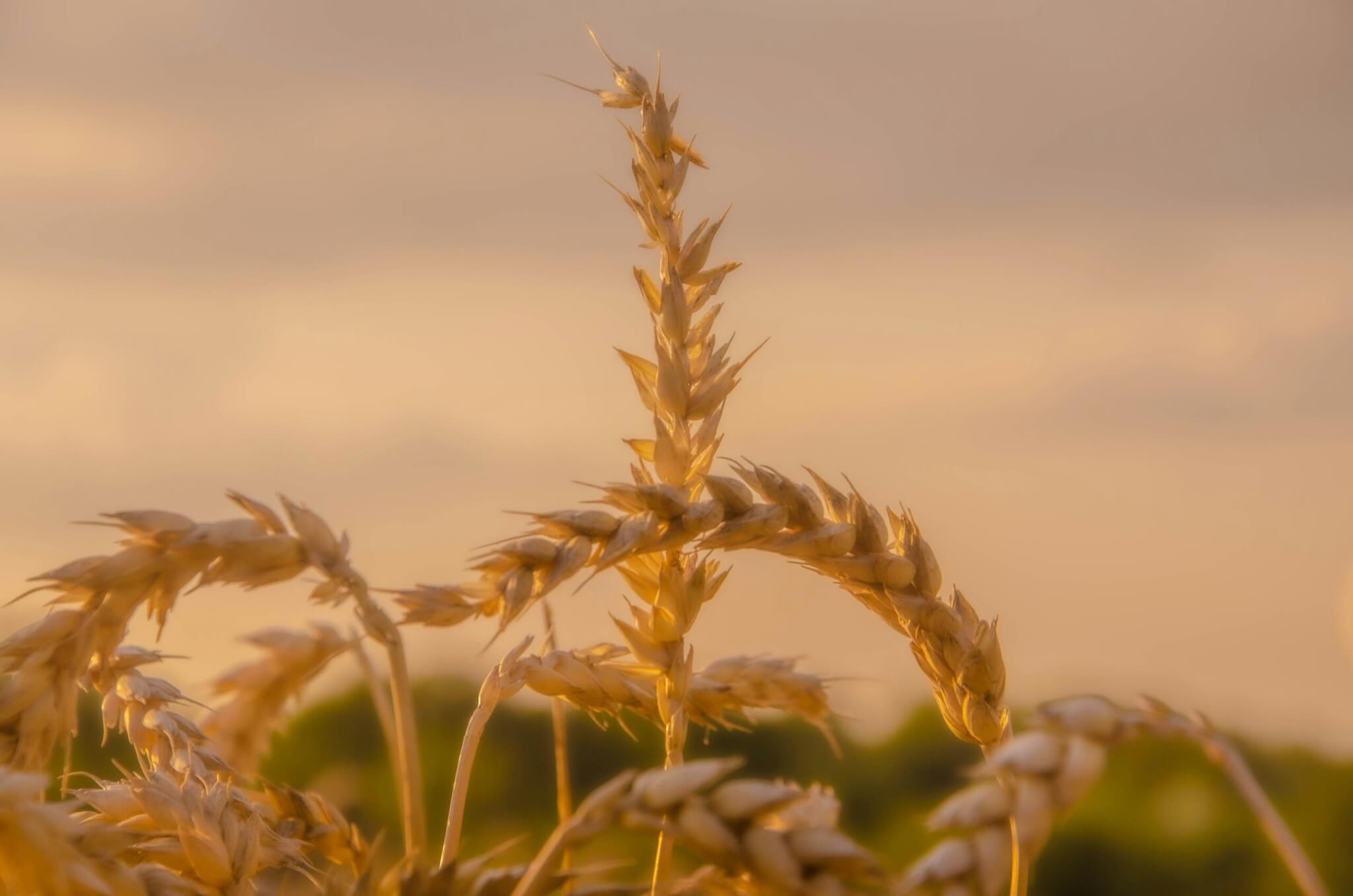For many years we have picked marsh samphire from a salt marsh formerly used as summer grazing by the Miller family, one of our farming co-op members. For two centuries a sea wall originally built by Napoleonic prisoners of war held back the tidal waters of the River Erme, before being breached ten years ago. Natural England decided to preserve the flooded fields as a salt marsh and when the saltwater killed the grass and trees, the ground was quickly colonised by tiny seeds of marsh samphire carried in the water.
The Millers lost 70 acres of highly prized summer grazing, but gained a modest source of income over the past few years as their sons and friends foraged the deliciously succulent salty spears of samphire each summer, which we usually sell alongside your veg boxes. Joe Miller has now had enough of dodging the tides and kneeling in the mud for hours; picking is incredibly fiddly, armed only with a small knife, a pair of scissors or Joe’s favoured garden shears. This year, pending reapproval from Natural England, my son and his mates (who foraged wild garlic for us in the Easter holidays) have taken on some of the picking as they finish their A-levels. The marsh is remote and beautiful with just ducks and the occasional osprey for company. A nimble-fingered picker in a good patch might manage to harvest two kilos an hour before being driven off the marsh by the incoming tide, then to carry the haul a quarter of a mile to the nearest vehicle access. As the ecology of the marsh has evolved, a succession of more competitive perennial species has colonised it and the less vigorous annual samphire has declined, so this may well be the last year of harvesting here.
We are trying to arrange picking from a much larger marsh in Essex, in which case there may be enough to include in the veg boxes themselves; otherwise (assuming the boys don’t get trenchfoot and wimp out) there will be modest quantities to add to your order over the next three weeks. Samphire is traditionally eaten with fish or occasionally lamb, but I like it best blanched for four minutes and served alongside an omelette or
scrambled eggs. Either way, in my book the trickiness of harvesting this crop makes it all the more of a culinary prize.














0 Comments